The efficiency of all kinds of gas equipment depends on the quality of the combustion process. This is directly affected by the amount of air for burning natural gas, which is not difficult to calculate. Why not take care of the efficiency of fuel consumption and increase the efficiency of the equipment by doing the necessary calculations yourself, right?
But how to do it correctly and where to get the data for calculations? To understand this topic, let us consider, within the framework of our article, the theory of air consumption for gas combustion, we will get acquainted with the most simple formulas for calculating the required volume of air. And also let's talk about the practical benefits of these calculations.
The content of the article:
- Theory of air consumption for gas combustion
-
Calculation formulas and examples
- Method # 1 - calculation using a formula
- Method # 2 - calculation using averaged data
-
The practical value of calculating the air flow
- Prevention of breakdowns and decrease in equipment efficiency
- The benefits of calculations when arranging a boiler room
- Conclusions and useful video on the topic
Theory of air consumption for gas combustion
The procedure for obtaining heat energy directly affects the duration of operation, the frequency of work on maintenance of gas-using equipment. It should be understood that an optimal air-gas mixture is the key to safety. Let's talk in more detail about the air consumption for gas combustion.
For the combustion of one molecule of methane, which is the main constituent of natural gas, exactly 2 oxygen molecules are required. If translated into understandable volumes, then in order to oxidize a cubic meter of the specified fuel, you will have to use 2 times more oxygen.
But in real conditions, everything is more complicated. Since air is used as an oxidizing agent for the chemical-physical combustion process, in the composition of which the oxygen necessary to maintain combustion is only one fifth. And, to be precise, 20.93% - it is this percentage that is usually used for all kinds of technical calculations. That is, 9.52 times more air will be needed.
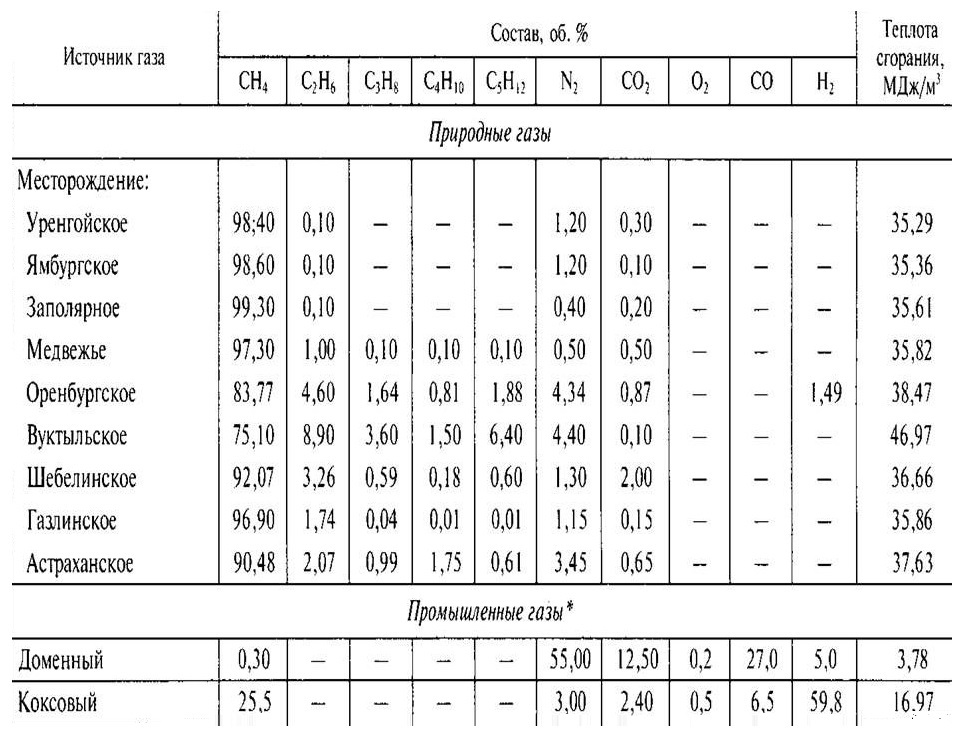
For any technical calculation of the amount of gas, all 100% of this fuel is taken as a basis. Although its main substance, methane (CH4), can be in the composition of no more than 75%
You can find out the indicated figure by following 2 steps:
- Division 100/21. This operation makes it possible to find out that air in any volume is 4.76 times more than oxygen.
- Multiply 4.76 by 2, which equals 9.52 - exactly how many times more air will be needed to burn any volume of natural gas.
But there is one important caveat: the calculated amount of air required for efficient combustion of the gas is the theoretical flow rate. But in practice you will need it. The reason is that the calculation was carried out for ideal conditions, but in reality there are almost always a number of factors that make significant adjustments.
These include:
- composition and quality of reagents (air, gas);
- type of equipment used to supply the energy carrier;
- condition of equipment;
- method of supplying gas, air, and a number of other points.
If you need special accuracy, then the above features can sometimes be taken into account. For example, you can find out the exact composition of the gas at the nearest gas service representative. But, when special accuracy is not needed, then the resulting value of 9.52 is simply multiplied by the so-called excess air ratio. The value of which usually lies in the range of 1.1 - 1.4.
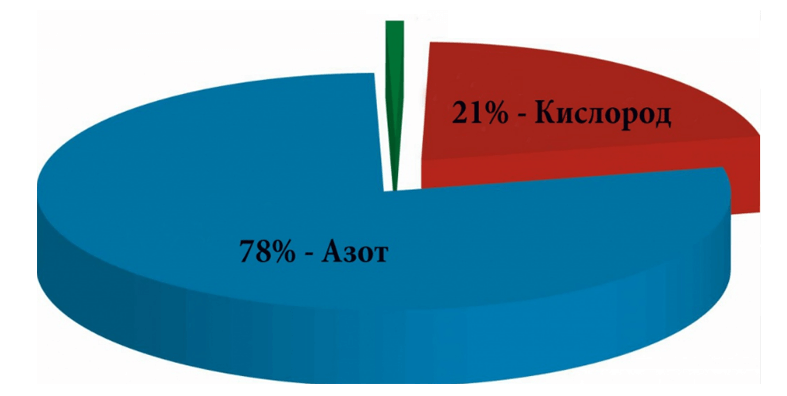
Oxygen is a gas oxidizer. That is, it does not burn itself, but actively supports this process with the participation of the specified fuel. But since there is no more than 20.93% oxygen in the air, it is believed that almost 5 times more of it is required for the gas combustion procedure.
When the calculation must be as accurate as possible, then the amount of actually used air should be divided by its theoretical flow rate. But in most cases it is easier to use the averaged value. excess air ratio. The value of which should be multiplied by 9.52 and as a result, you will find out the exact amount of consumed air required to ensure the gas combustion procedure.
So if it is equal:
- 1,1 - the air mass will need 10.472 times more;
- 1,4 - 13.328 times more air will need to be used.
That is, to burn each cubic meter of energy carrier, up to 13.328 m³ of air will be needed.
Calculation formulas and examples
The required value in each specific case can be obtained using a special formula or averaged indicators. Let's talk about these methods in more detail.
Method # 1 - calculation using a formula
Which says that the hourly volume of air (Vh ) required for combustion will be equal to:
Vh = 1.1 x Khuts in x VT x Vg / h x (273 + t) / 273,
Where:
- TOhuts in - excess air ratio;
- VT - theoretically required amount of air;
- Vg / h - hourly gas consumption by equipment;
- t - the temperature values in the room where the gas equipment is located.
The hourly gas consumption required for calculations is indicated in the passport of any gas appliance.
That is, if such a value is 10, and:
- room temperature, for example, 18 ° C;
- excess air ratio - 1.1.
Then we perform the above mathematical operations, namely:
1.1 x 1.1 x 9.52 x 10 x (273 + 18) / 273 = 122.1
As a result, it turns out that in this particular case, for burning gas, 122.1 m³ of air will be needed every hour.
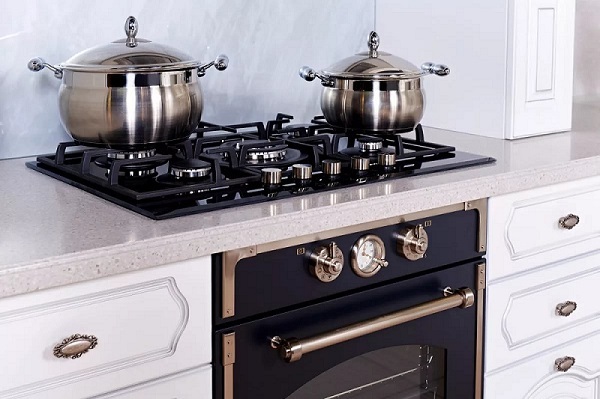
Calculation of the amount of air is necessary to ensure the efficient and safe operation of any gas equipment, including stoves, columns and heating boilers that are used in everyday life.
Method # 2 - calculation using averaged data
If there is no desire to perform such a calculation of air for the combustion of the required amount of gas, then you can heed the recommendations of many manufacturers and specialists.
They say that the process will be effective if at least 1.6 m³ of air is supplied every hour for each kilowatt of power.
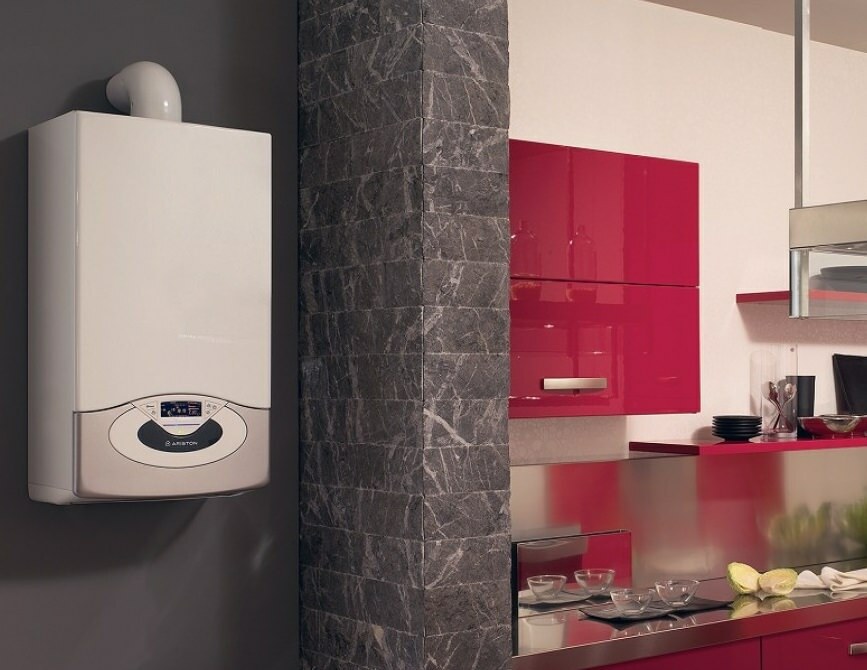
If the calculation method using the formula seems complicated, then you can use a less accurate and simply averaged one, but very simple, and therefore affordable. Since all that needs to be done is to multiply the power of the desired gas appliance by 1.6, which will allow get the approximate volume of air that will have to be supplied every hour for complete combustion gas
That is, it will be possible to perform the calculation in just one action. For this, the power value of the gas appliance taken from the passport should be multiplied by the indicated 1.6. The result will be the amount of air required for efficient combustion.
For example, if the power of a gas boiler is 40 kW, then this value should be multiplied by 1.6:
40 x 1.6 = 64
You will get 64 m³ of air, which will need to be supplied to the gas appliance every hour.
The practical value of calculating the air flow
Skills in performing such calculations may be needed to improving efficiency gas equipment, as well as elimination of the causes of its malfunction.
Prevention of breakdowns and decrease in equipment efficiency
For example, knowledge of the optimal amount of oxidizer will be needed when the surfaces of chimneys (internal), structural elements of equipment (heat exchangers, burners, etc.) quickly become covered with soot layers, other combustion products.
If the elimination of contamination does not give the desired effect, like any other measures (adjustment, replacement of parts, assembly units). This indicates the presence of the so-called undercooling of the energy carrier, which occurs due to an insufficient amount of air.

The gas combustion procedure is considered a complex reaction. As a result, if the oxidizer, that is, air, is not in sufficient quantity, then this will affect the condition, operability and serviceability of all gas equipment. And in some cases, problems can be eliminated only after identifying and adjusting the amount of air involved in the reaction
And also knowledge of the required air flow will be required in the following situations:
- Excessive gas consumption detected, which cannot be eliminated with the help of adjustments, other manipulations. Since the cause may be mechanical underburning. That is, a process in which too much air is supplied, which also leads to incomplete combustion of the gas.
- Frequent change in color of "blue" fuel during combustion has been noticed - for example, orange, white, red, yellow. These are more complex cases than the previous ones, since the cause can be both excess air and its insufficient amount.
- Unstable gas combustion. For example, if not all working openings of the burner, gas boiler burners, etc. are used. And cleaning the listed structural elements did not lead to an improvement, since in such situations it will definitely be necessary to supply an order of magnitude more air.
Despite the presence of various reasons, the calculation is performed in the same way, according to the methodology outlined above.
The benefits of calculations when arranging a boiler room
Calculations of the amount of air required for effective gas oxidation are necessary in cases of equipping a furnace, installing, replacing gas equipment, and the like.
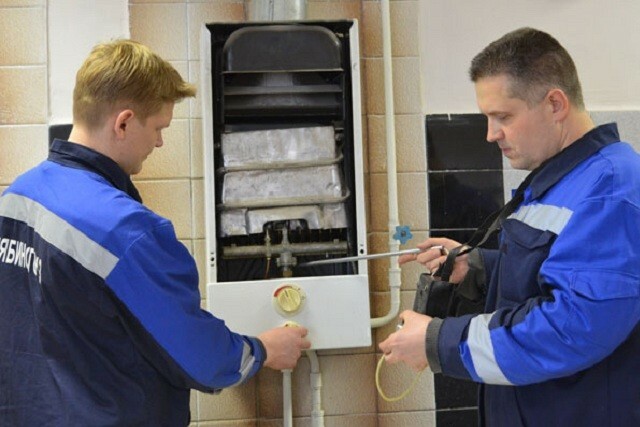
You should always remember that theoretical calculations are good only when their correctness is confirmed by practice. And in the case of the amount of air - by representatives of gas companies with gas analyzers
And the calculations are performed, but the situation in each specified case is complicated by the fact that in order to obtain all the necessary data, it is necessary to perform a number of calculations.
Which calculations include:
- total air consumption - it is necessary to supply air to the room with gas equipment not only for the combustion process, but also for its ventilation (in SNiP II-35-76 it is clearly stated that in rooms used as furnaces, 3 volumes of air must be replaced every hour);
- section of the exhaust duct;
- section (s) of the opening (s) of the inlet channels;
- natural draft in the provided exhaust duct;
- actual air velocity in the sections of future air ducts;
- pressure loss on all kinds of local resistance;
- the size of the window laid in the room with gas equipment.
In addition to the correct arrangement boiler room ventilation, it may be necessary to perform a number of other procedures, for example, performing an aerodynamic calculation.

When performing the calculation, it should be borne in mind that any operation with gas is a significant hazard. Therefore, it is better to entrust their implementation to specialists.
After that, all the information received should become the basis of the project. replacements, installation of equipment, redevelopment, which is submitted to the local gas service for approval. Where, if errors are found, the document can be sent back to the originator.
That is, the complex of procedures for calculating all the necessary values is rather complicated. Therefore, in the case of installing, replacing, transferring equipment, only a few will cope with the task. Most property owners will find it easier to seek professional help. Which will not only perform the necessary mathematical actions, but also adapt the calculations to the requirements of the legislation on the arrangement of furnaces, ventilation systems, smoke removal, and all others. Which are set out in SNiP II-35-76, as well as in SNiP 2.04.08-87 and a number of other less popular specialized documents.
If, in a particular case, the project does not need to be drawn up, then the calculations performed by a specialist eliminate the threat to the life and health of the owner of the gas equipment, his relatives and people living nearby.
In addition, they will allow avoiding actions that are interpreted by law as unauthorized connection to any gas pipelines. For which Art. 7.19Administrative Code of the Russian Federation provides for sanctions in the form of a fine, the amount of which is 10-15 thousand. rubles. For example, this can happen if the owner of the room, after performing the calculations, makes changes to the design of the heating system.
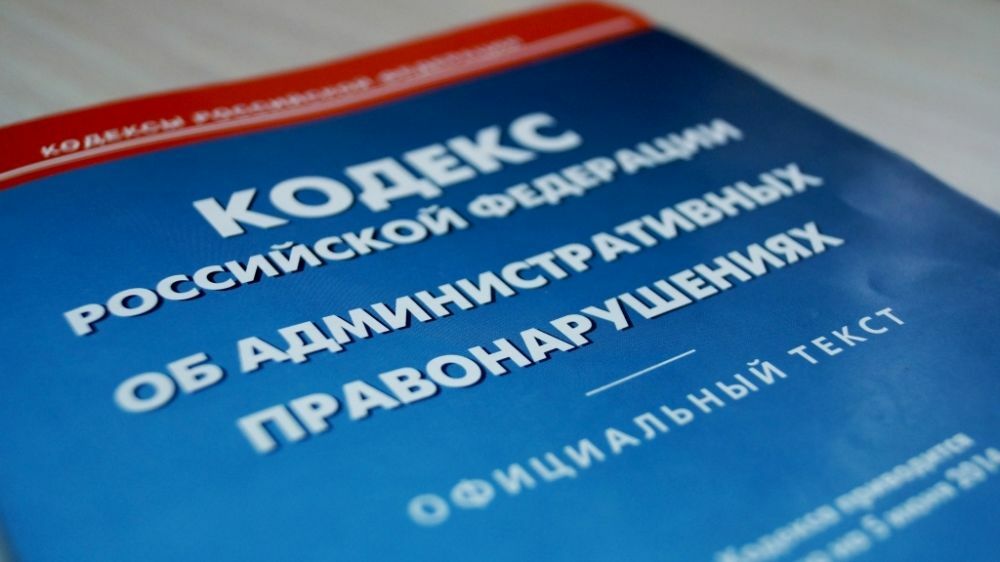
We must not forget that an unsuccessful calculation of the amount of air or any other can make a person a delinquent. For which you will have to pay, at least financially. For example, if an action or inaction would violate a policy designed to ensure safe the use of any gas equipment, then as a fine you will have to part with the amount of money in the amount of 1-30 thous. rubles. What is said in Art. 9.23 Administrative Code
After calculations, you should not make a rash decision to replace gas equipment, especially with different power. If this happened, then it is worth notifying the representatives of the gas service about the actions taken. Which will help you avoid fines.
And also there is no need to embody the theoretical calculations made at the cost of violating the rules set forth in SNiP II-35-76, which regulates the scope of arrangement of premises intended for the use of gas equipment. Since according to Art. 9.23 of the Administrative Code, even for the smallest violations, you will have to pay 1-2 thousand. rubles.
Conclusions and useful video on the topic
The video material attached below will allow you to detect the lack of air during gas combustion without any calculations, that is, visually.
It is possible to calculate the amount of air required for efficient combustion of any volume of gas in a matter of minutes. And the owners of real estate equipped with gas equipment should remember this. Since at a critical moment, when the boiler or any other device will not work correctly, the skill calculating the amount of air required for efficient combustion will help identify and correct the problem. What, moreover, will increase safety.
Would you like to supplement the above material with useful information and recommendations? Or do you still have questions about the calculation? Ask them in the comment block, write your comments, take part in the discussion.


